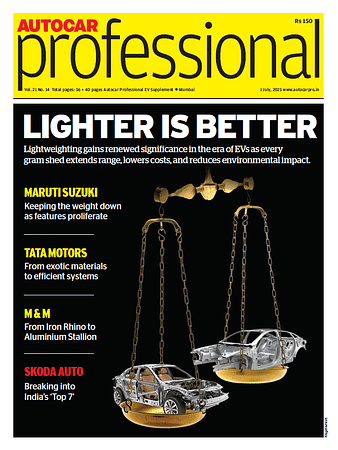Tech Talk: Breakthrough for EVs as new battery tech halves charging times
New immersion cooling battery tech has improved Renault Megane EV’s range and charging times.
Total Energies Lubrifiants, the lubricants arm of French energy giant Total, has fitted a Renault Megane E-Tech with an immersion-cooled battery that uses a new fluid called Cell Shield – and is claimed to have halved the EV’s charging times and extended its range by 6 percent.
Immersion cooling is a conveniently obvious term: reducing the temperature of something by putting it into a fluid.
But where electrical components are concerned, that’s not as simple as it sounds, as introducing water-based fluid to the circuitry of any electrical device causes a short circuit and instant destruction. This is why EV batteries are waterproof.
In a combustion engine, heat is conducted through the walls of the cylinders and combustion chambers into water flowing through channels. That water passes through the radiator (a heat exchanger) and is taken away by cool air passing through it.
It’s a form of immersion cooling in that heat is transferred directly from the hot metal of the engine to the water in the cooling system.
In electronics, heat is either transferred directly to the air or, with components that get very hot, such as a computer processor chip or EV battery cell, transferred to a heat sink that in turn is cooled by either air or a liquid.
Both are effective methods, but immersing the hot component in a cooling fluid is more so.
A special fluid is needed, however. In electronics, a dielectric fluid is one that doesn’t conduct electricity. This isn’t a new concept, having been used in power distribution equipment like transformers for many years, mainly as a special type of electrical insulator.
EV battery cells are usually mounted on a heat sink through which coolant flows but doesn’t actually come into contact with the cells. Submersing them fully or partially in a dielectric fluid is more effective, because it conducts heat away directly from the cells into the fluid.
The complexities lie in developing the right fluid to flow through the cells. Weight is also a consideration, although immersion cooling means other components that carry fluid in liquid-cooled batteries can be ditched.
Total’s Megane battery is the result of several years of work on immersion cooling technology. It hired British engineering firm Ricardo to develop a prototype of such a battery for a Volvo XC60 plug-in hybrid in late 2020.
Apart from superior cooling and faster charge times, Ricardo concluded that immersion-cooled batteries would fit in existing vehicle architectures, cost 6% less and be lighter.
One more important factor is further improved safety. Promisingly, testing has proved Total’s new fluid is “unprecedentedly” good at suppressing thermal runaway and internal fire.
ALSO READ: Tech Talk: Giving EV Motors a Second Life
Tech Talk: Can high-tech displays boost feel-good factor?
Tech Talk: Why the car industry is turning to steer-by-wire
RELATED ARTICLES
Ashok Leyland Aligns Sustainability Goals With Business Operations
Ashok Leyland is embedding sustainability deep into its operational strategy, leveraging green finance, electrification,...
Ashok Leyland Aligns Sustainability Goals With Business Operations
Ashok Leyland is embedding sustainability deep into its operational strategy, leveraging green finance, electrification,...
New Players Reshape India’s Electric CV Ecosystem
Unlike in cars and two-wheelers, the electrification of commercial vehicles is in very early stages due to uncertainty o...





 06 May 2025
06 May 2025
 7683 Views
7683 Views





 Shahkar Abidi
Shahkar Abidi



